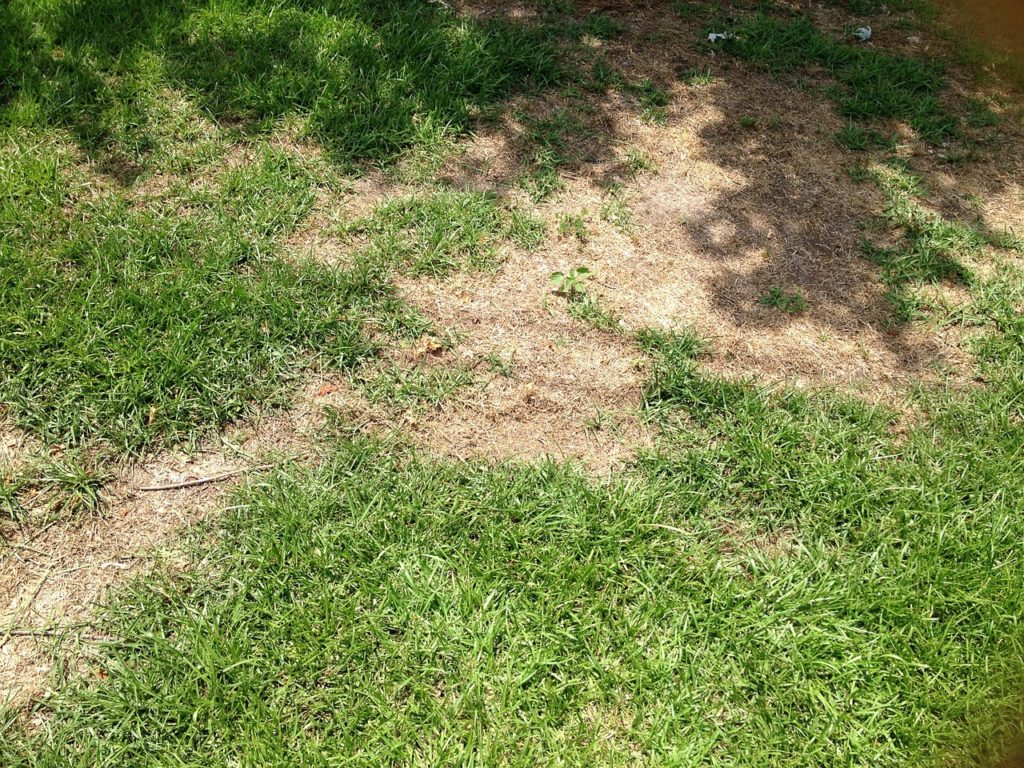
Dealing with common lawn pests can be a daunting task for homeowners. Prevention is key when it comes to keeping pests at bay. One effective way to prevent pest infestations, such as chafer grubs, is to maintain a healthy lawn through proper fertilisation and watering techniques. Another approach is to introduce beneficial insects to the lawn, such as ladybugs or nematodes, which can naturally control pests. If an infestation occurs, it’s essential to act quickly to prevent the pests from causing significant damage. Using eco-friendly pesticides or other pest control products from a trusted source like moowy.co.uk can effectively eliminate the problem. However, using these products carefully and only as directed to avoid harming beneficial insects, or the environment, is crucial. By taking a proactive approach to pest prevention and control, homeowners can ensure their lawn stays healthy and free from damaging pests.
Common lawn pests
A healthy lawn is a source of pride for many homeowners, but common lawn pests can twist that pride into frustration. Identifying the most common types of lawn pests is the first step to eliminating them. The most common lawn pests include chinch bugs, armyworms, sod webworms, and grubs. Chinch bugs are small, black insects that feed on grass blades and can quickly kill extensive lawn areas. Armyworms and sod webworms are caterpillars that feed on grass blades and can quickly defoliate a lawn if left unchecked. Grubs, such as chafer grubs, are the larvae of beetles and feed on grass roots, causing brown patches to appear. A combination of cultural practices and pesticide treatments may be necessary to eliminate these pests. Cultural practices include proper watering and mowing to promote a healthy lawn. At the same time, pesticide treatments may be required for severe infestations. Effective methods for getting rid of lawn pests will depend on the specific pest and the severity of the infestation.
Pest control methods and products
While synthetic pesticides can be effective, they can also harm beneficial insects and other wildlife in the lawn. Instead, consider natural methods for pest control, such as introducing beneficial insects like praying mantis or lacewings to prey on harmful insects. Some organic pesticides can also be effective, but choose eco-friendly options free of toxic chemicals. These options can include insecticidal soaps, neem oil, and diatomaceous earth. When using any pesticide, following the instructions carefully and applying only as directed is crucial. Additionally, properly identify the pest before applying any control method or product, as different pests may require different treatments.
